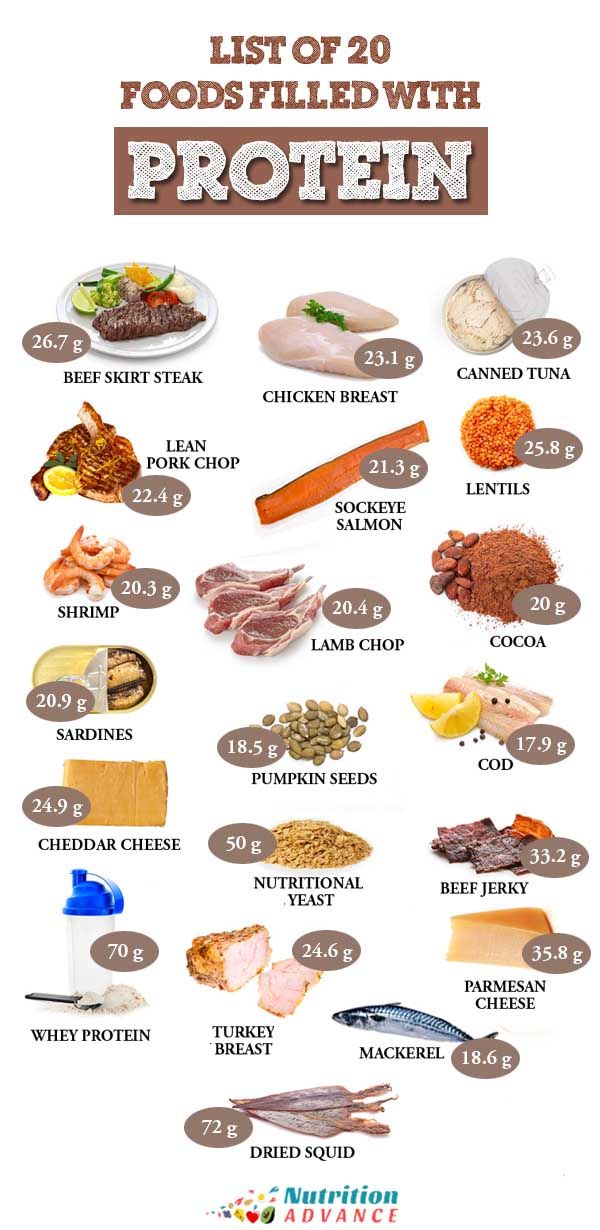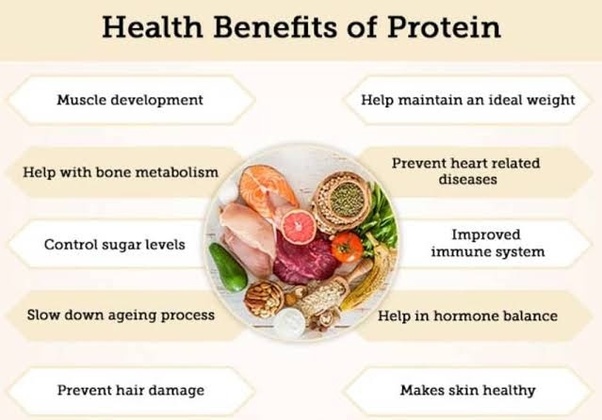
Optimizing nutrition can help support the recovery of traumatized bone and soft tissue. Such a decision is particularly relevant for older individuals who have sustained fractures or hip replacements; events which create significant tissue damage. In the following sections, this author would like to provide nutritional recommendations, from whole food and supplemental sources, which can help expedite recovery from common surgeries, such hip replacements.

Selecting foods which helps the body recover from trauma is critical. However, managing pre-existing health conditions would be a logical first step before surgery. If, for example, an individual has hypertension who also requires hip replacement surgery, this author would suggest analyzing the client’s blood for high triglycerides, high low-density lipoprotein (LDL)/high-density lipoprotein (HDL) ratios, high ferritin, high homocysteine, and low alpha-tocopherol levels; all have been linked to hypertension, and cardiovascular disease (CVD).1,2,3,4,5,6,7,8,9 In the following sections, this author will briefly consider said biomarkers and foods which can help support a return of such markers to normal ranges.

If biomarkers outlined from the previous section were elevated, this author would recommend completion of a 3-day dietary record. If there was a large presence of processed foods, slow removal of the same would be recommended; such would help control LDL and triglyceride levels.1(674-675) Increasing fatty fish consumption would also help improve LDL/HDL ratios and inflammation (measured from high ferritin levels), while increasing foods rich in B vitamins (i.e., B6, B9, B12) such as animal proteins and leafy green vegetables would help provide nutrients to lower homocysteine and oxidative stress.1(680),5(352),10,11 If alpha-tocopherol levels (vitamin E) were low, increasing nuts, seeds, olive oil, and plant foods could assist and help improve antioxidant levels.5(402),7(14)

Once mitigation/control of hypertension has been supported by the removal of problematic foods, with a simultaneous introduction of beneficial nutrients, this author would suggest interventions focusing upon muscular and skeletal growth; organ systems that would undergo trauma during hip replacement surgery. A primary substrate for muscle tissue growth is protein, and such a macronutrient is particularly relevant for individuals in their 6th decade of life; skeletal muscle mass loss can increase at a rate of 15% per decade.12 As such, it is imperative to ensure adequate levels of said macronutrient in an individual’s diet, especially since skeletal muscle constitutes approximately 40% of total protein within the body.12(33)Furthermore, elderly populations tend to experience higher levels of muscle protein breakdown than muscle protein synthesis.12(34) Ultimately, ensuring consistent intake of protein is essential.

Lancha et al12(33) indicated that 1.2-1.6 g/kg bodyweight of protein per day among the elderly should help slow skeletal muscle protein degradation thereby facilitating an increase in muscle protein turnover. However, the sources and quality of protein are other considerations equally important. Foods considered rich in amino acids and protein would be from animal sources to include meat, poultry, fish, eggs, and dairy.5(178) Although said food sources can supply an ample amount of protein, and other nutrients, the elderly also tend to consume less as age advances. Pilgram et al13 stated that as much as 15-30% of the elderly population under-consume food; a condition first described as anorexia of aging. If an individual has difficulty consuming appropriate levels of protein, additional/alternate sources may become necessary.

Whey protein (WP) is a form of protein derived from dairy sources, and constitutes approximately 20% of the protein found in cow’s milk.12(34) WP is also considered to be of high biological value since it contains large concentrations of amino acids, including leucine.12(34) Leucine is of particular interest as cell and animal models have indicated its ability to stimulate pathways involved in protein synthesis.12(34) When WP consumption is combined with resistance training, a highly important process stimulating muscle and bone growth, it is likely to place larger demand and stimulatory effect on protein synthesis pathways.12(34) As an aggregate, using resistance training, higher protein intake, and supplementation with WP can help slow muscle loss and reduce risk of fractures.12(35). Finally, WP is a good source of calcium; a necessary constituent in the growth and remodeling skeletal tissue.5(426)

Calcium is the most abundant micronutrient in humans, constituting approximately 40% of the body’s mineral mass and 1.5-2% of total body weight.5(426) Furthermore, calcium serves many vital roles to include muscle contraction, blood clotting, signal transduction, enzyme activation, as well as bone mineralization.12(432) As such, optimal levels are necessary to maintain bone density for individuals in advanced age and are advised to consume as much as 1200 mg/day.5(436) In addition to WP, other good sources of calcium include (but are not limited to) cheese, yogurt, salmon, sardines, turnip, mustard greens, and broccoli.12(426) Although a combination of said foods and WP should allow individuals to achieve daily calcium targets, vitamin D3 (calcitriol) is required to regulate calcium absorption in the duodenum and proximal jejenum.5(427) Since most individuals, especially the elderly, tend to stay inside, supplemental vitamin D3 (i.e., 1000 IU per 15 kg of body weight) is suggested by this author.14
In conclusion, supporting an individual’s health and optimizing nutrition can help foster the recovery of traumatized bone and soft tissue associated with surgeries, like hip replacements. Close examination of key biomarkers serves as a vital first step in determining conditions that may hamper an individual’s successful recovery from surgery, such as hypertension. 3-day dietary records can also inform the nutritionist of macronutrient levels (i.e., protein and calcium are necessary for muscle and bone synthesis) and the presence of foods that might be aggravating an individual’s current health and/or illnesses. As an aggregate, such approaches help improve individuals’ biomarkers before surgery, as well as after surgery, in a way that fosters healing, health, and overall quality of life.
References
1. Simopoulos AP. The importance of the omega-6/omega-3 fatty acid ratio in cardiovascular disease and other chronic diseases. Exp Biol Med. 2008;233(6):674-688. doi:10.3181/0711-MR-311.
2. Lee RD, Nieman DC. Nutritional Assessment. 6th ed. New York, NY: McGraw-Hill; 2013.
3. Lord RS, Bralley, JA. Laboratory Evaluations for Integrative and Functional Medicine. 2nded. Duluth, GA: Genova Diagnostics; 2012.
4. Tymoczko JL, Berg JM, Stryer L. Biochemistry: A Short Course. 3rd ed. New York, NY: Freeman and Company; 2015.
5. Gropper SS, Smith JL, Carr, TP. Advanced Nutrition and Human Metabolism.7thed. Boston, MA: Cengage Learning; 2018.
6. Ilich JZ, Kelly, OJ, Kim Y, et al. Low-grade chronic inflammation perpetuated by modern diet as a promoter of obesity and osteoporosis. Arh Hig Rada Toksikol. 2014;65(2),139-148. doi: 10.2478/10004-1254-65-2014-2541.
7. Kohlstadt I. Advancing Medicine with Food and Nutrients. 2nd ed. London, NY: CRC Press; 2012.
8. Banjari I, Hjartaker A. Dietary sources of iron and vitamin B12: Is this the missing link in colorectal carcinogenesis? Med Hypotheses. 2018;116:105-110. doi:10.1016/j.mehy.2018.05.003.
9. Lumen M, Van Der Berg C, Geelen A, et al. Supplement use and dietary sources of folate, vitamin D, and n-3 fatty acids during preconception: The GLIMP2 study. Nutrients. 2018;10(8):1-20. doi:10.3390/nu10080962.
10. Handzlik-Orlik G, Holecki M, Orlik B, et al. Nutrition management of the post-bariatric surgery patient. Nutr Clin Pract. 2015;30(3):383-392. doi:10.1177/0884533614564995.
11. Kell DB, Pretorius E. Serum ferritin is an important inflammatory disease marker, as it is mainly a leakage product from damaged cells. Metallomics. 2014;6(4):748-773. doi: 10.1039/c3mt00347g.
12. Lancha AH, Zanella R, Tanabe SGO, et al. Dietary protein supplementation in the elderly for limiting muscle mass loss. Amino Acids. 2017;49(1), 33-47. doi:10.1007/s00726-016-2355-4.
13. Pilgram A, Robinson A, Sayer AA, et al. An overview of appetite decline in older people. Nurs Older People. 27(5):29-35. doi:10.7748/nop.27.5.29.e697.
14. Cannell JJ, Hollis BW. Use of vitamin D in clinical practice. Altern Med Rev. 2008;13(1):6-20. http://archive.foundationalmedicinereview.com/publications/13/1/6.pdf. Accessed March 24, 2020.
-Michael McIsaac
